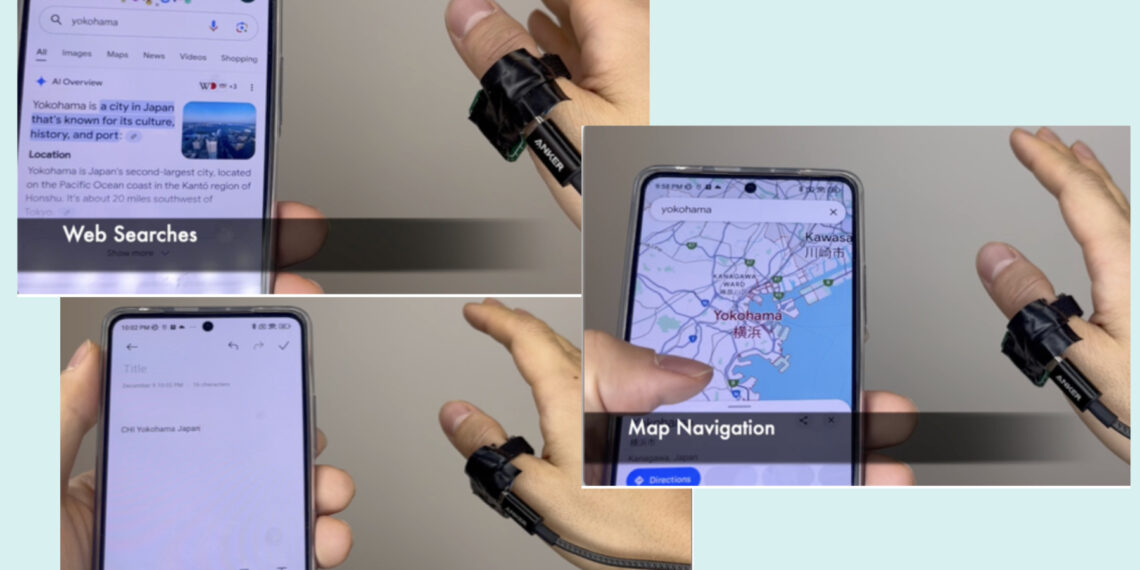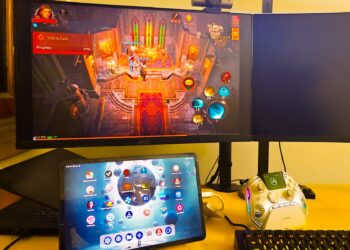The smart ring market has seen remarkable growth over the last few years. We’re now witnessing the advent of compact sensors capable of monitoring blood pressure through ultrasound technology. Companies like Circular are adopting a unique dual-sensor strategy to gauge blood pressure and are even looking at glucose level trends by next year.
However, the primary focus for smart rings continues to be health monitoring. Recently, researchers from Cornell University have introduced a smart ring platform that offers real-time tracking of American Sign Language (ASL) and sends this input to computers and smartphones.
Named the SpellRing, this innovative device can recognize all 26 letters of the English alphabet. Worn on the thumb, it features a microphone and speaker array to facilitate the transmission of audio signals generated by hand movements, while a gyroscope captures angular information.
Accessibility for All

While this concept represents a significant milestone in accessibility, its affordability may accelerate its uptake. The prototype kit created by the research team costs about $30, but they anticipate that price will drop further during mass production.
This 3D-printed ring, roughly the size of a quarter, employs a custom deep-learning algorithm to interpret the sonar images produced by its built-in sensors. During testing, volunteers successfully spelled out around 20,000 English words.

Testing among beginners and advanced users of ASL showed that the SpellRing achieved up to 92% accuracy in converting hand signs to text. “ASL is an intricate and complex visual language,” remarks Hyunchul Lim, the paper's lead author. The team is now focusing on refining the algorithms for better interpretation of words and phrases.
Potential That Needs Time to Mature
According to the research findings, this groundbreaking device is the first to integrate an inertial sensing system with acoustic methods for real-time ASL fingerspelling. The team illustrated its usability in web searching on devices, navigating maps, and typing notes.

The creators of SpellRing do not position it as a universal solution at this time. Instead, they present it as an efficient and accessible tool for text entry with distinct advantages.
“Specifically, fingerspelling in ASL can occur much faster than typing on a smartphone keyboard," highlights the research paper, which is set to be presented at the upcoming Association for Computing Machinery’s conference on Human Factors in Computing Systems in Japan next month.

The team aims to enhance their device by including gesture recognition and the ability to interpret complete words and phrases. They also plan to consolidate all essential components, including the inertial sensor currently housed on a separate board, into a single unit.
With the integration of a curved battery, the final product could resemble a typical smart ring, akin to models offered by Oura or Samsung. The team is also exploring ways to develop in tandem with augmented reality glasses, allowing for hand gesture tracking along with visual interpretations to facilitate smoother interactions.





